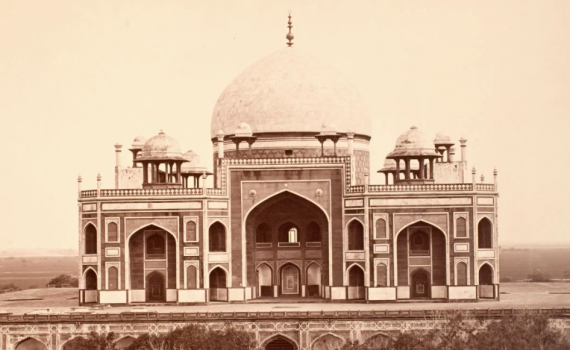A video series from the George Eastman Museum.
videos
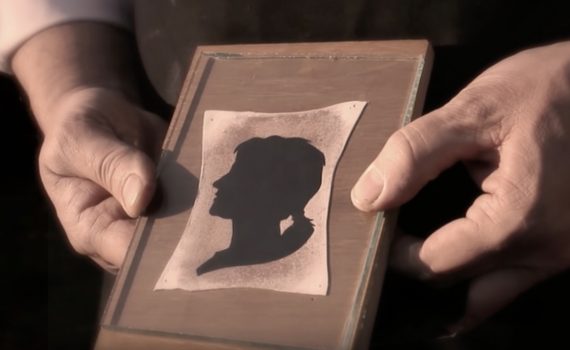
Before photography (1 of 12)
From the ancient camera obscura to the 18th-century silhouette, many inventions preceded the advent of photography.
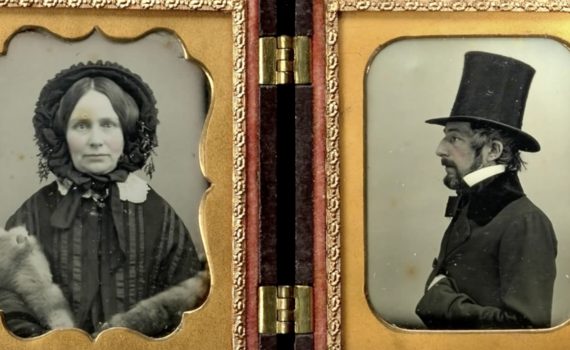
The Daguerreotype (2 of 12)
These are sharply defined, highly reflective, one-of-a-kind photographs on silver-coated copper plates.
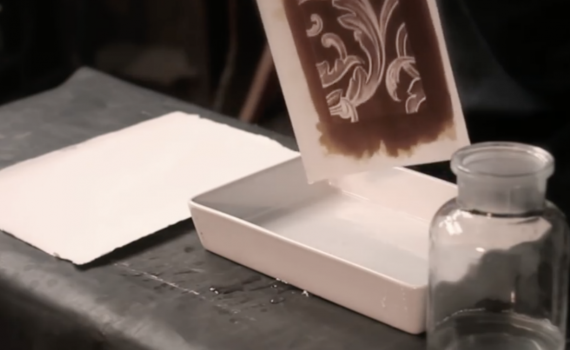
Talbot’s Processes (3 of 12)
Before the negative/positive process, Talbot tried photogenic drawing, salted paper prints, and calotype negatives.
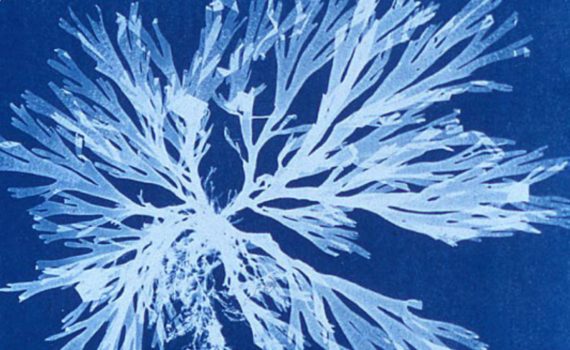
The Cyanotype (4 of 12)
This process depends on a photochemical reduction that forms Prussian blue, an iron-based pigment.
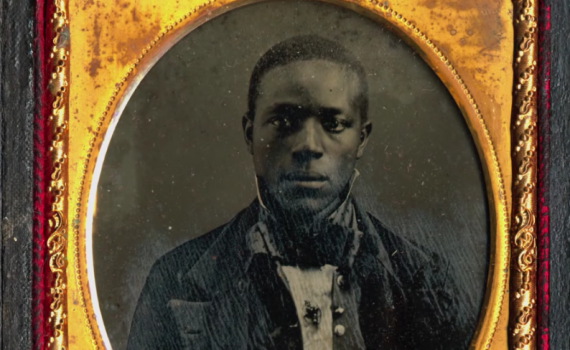
The Collodion process
The wet collodion process can create thousands of prints. This technique eventually won out over the daguerreotype.
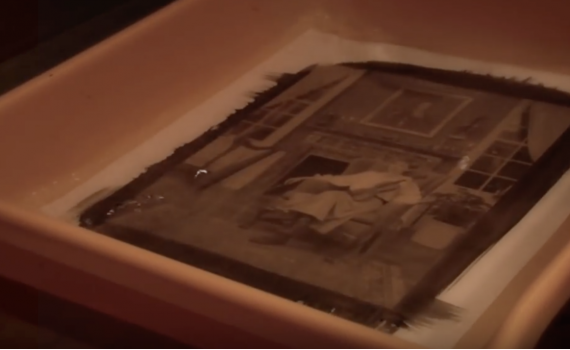
The Platinum Print (7 of 12)
Platinum prints are characterized by their delicate surface and subtle tonal gradations.
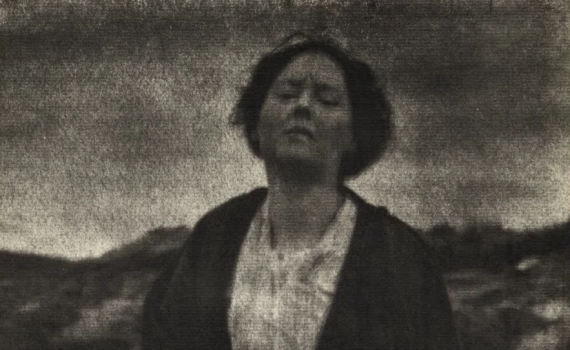
The Pigment Processes (8 of 12)
Photographers like Alfred Stieglitz favored the handcrafted look of pigment prints.
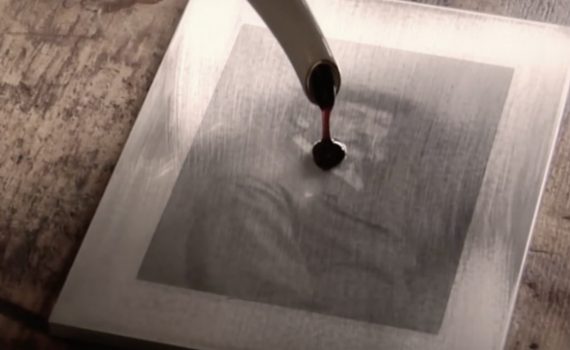
The Woodburytype (9 of 12)
This process was invented in 1864 and achieved acclaim for its exquisite rendering of detail and its permanency.
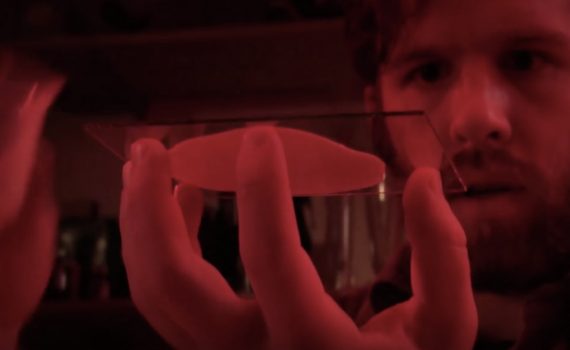
The Gelatin Silver Process (10 of 12)
With its shorter printing time, this process came to dominate black-and-white photography.
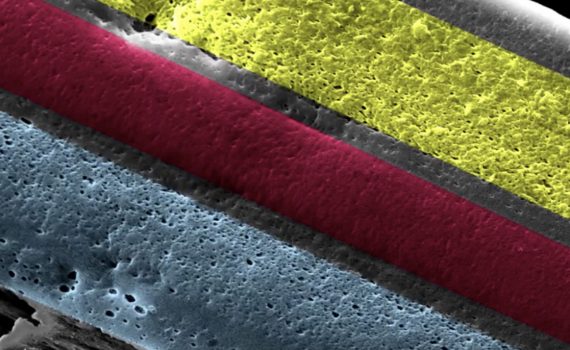
Color Photography (11 of 12)
Photography’s earliest practitioners dreamed of finding a way to capture the world around them—in color.

Digital Photography (12 of 12)
We carry cameras in our pockets now. How has that technology become possible?

